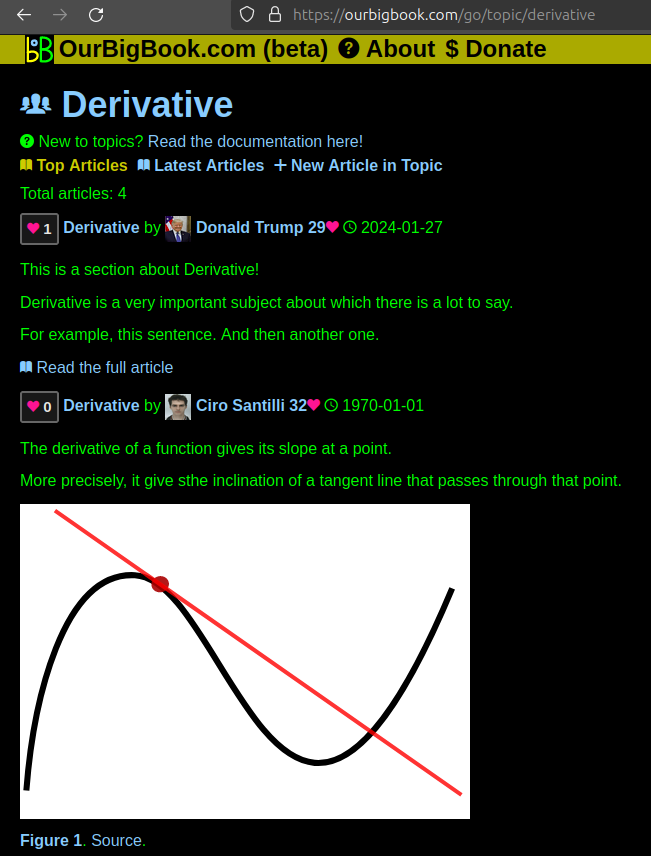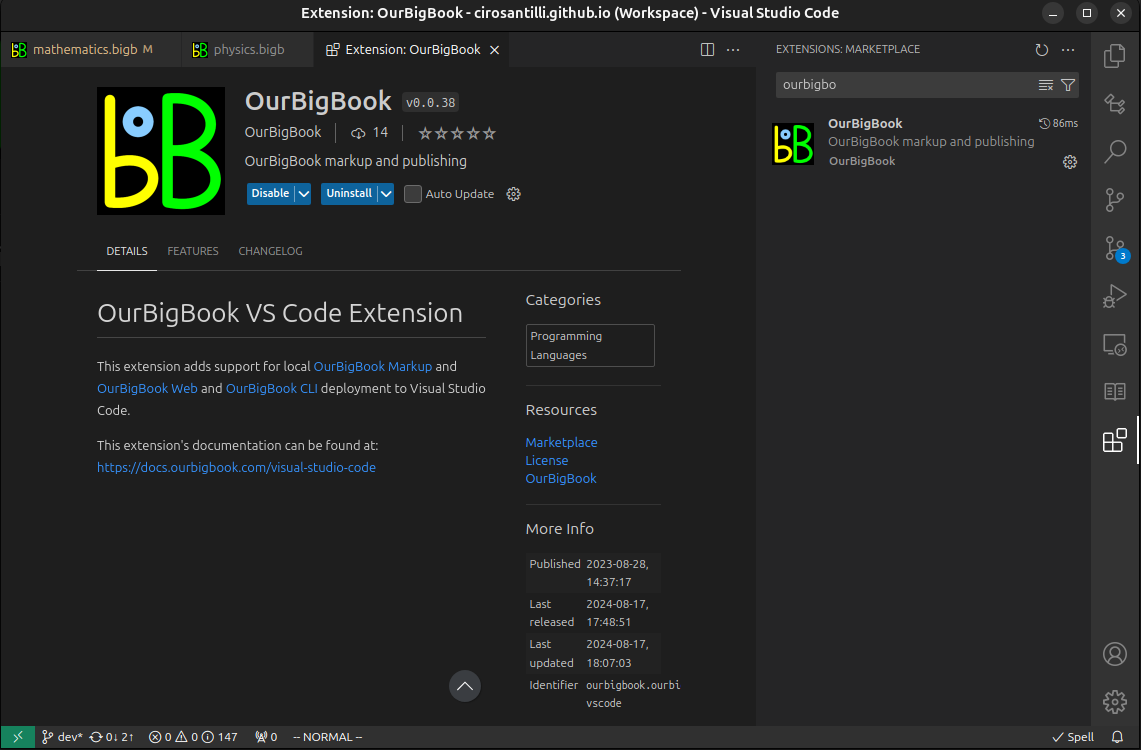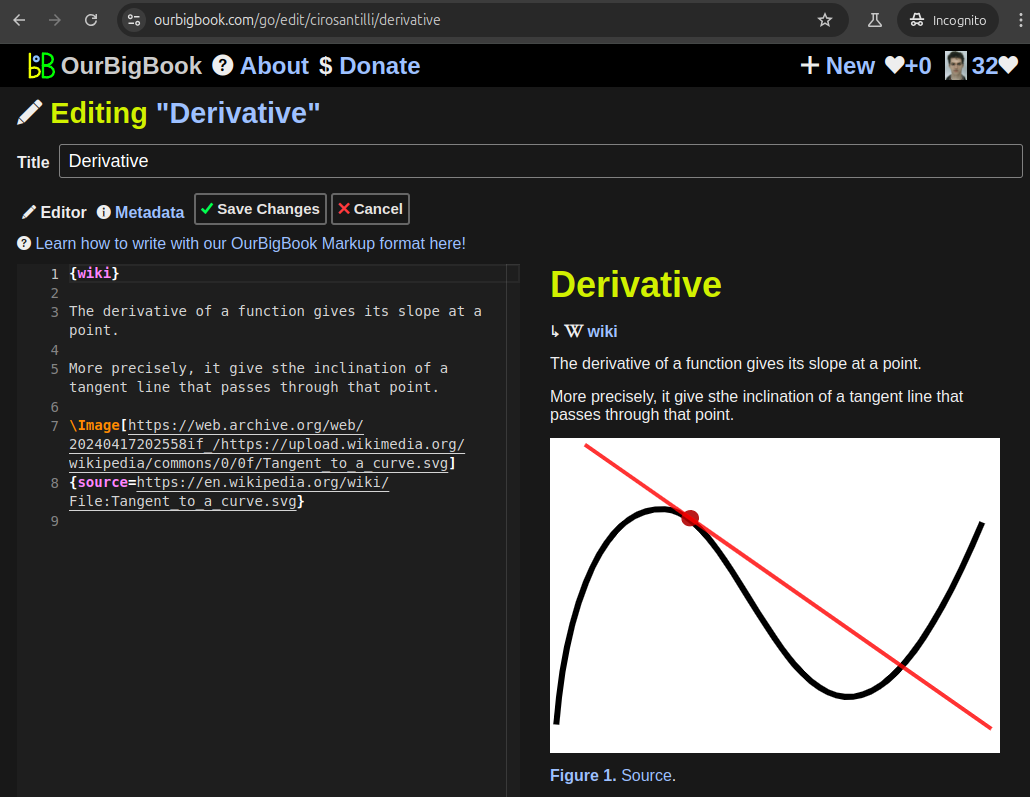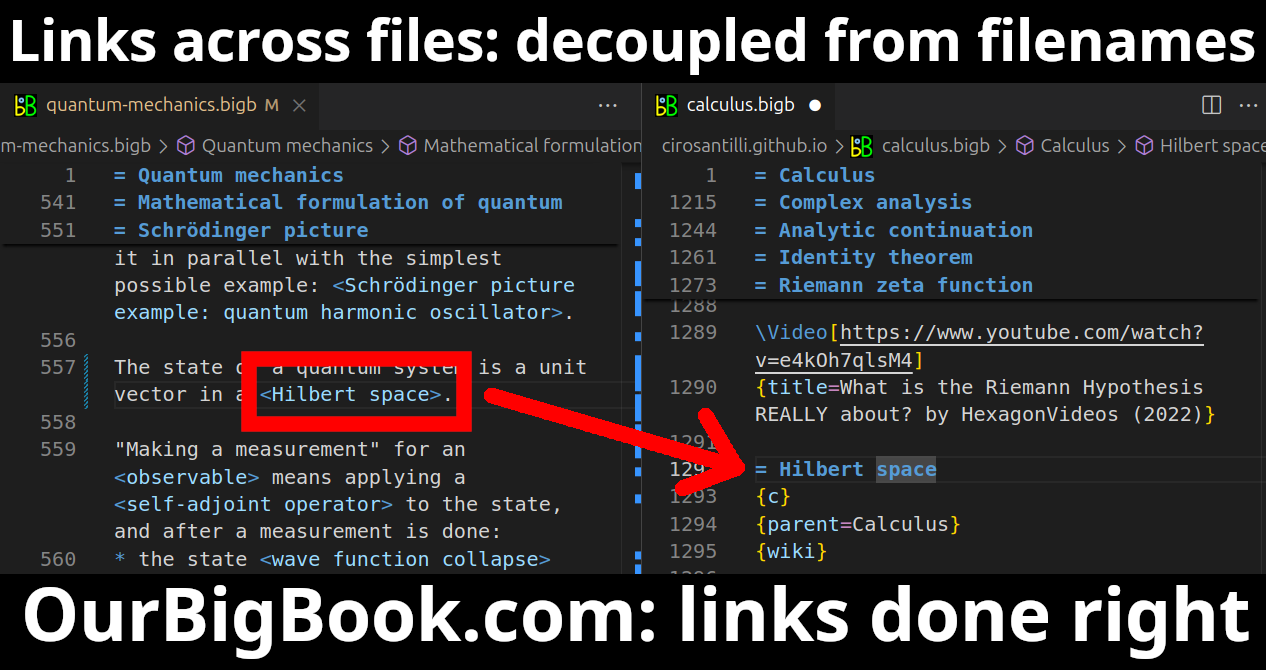Omar Khayyam Square is a prominent public space located in the city of Nishapur, Iran, which is known as the birthplace of the famous Persian poet, mathematician, and astronomer Omar Khayyam. The square often features monuments or statues dedicated to Khayyam, celebrating his contributions to literature and science, particularly his renowned work, the "Rubaiyat.
"Madeline Lee" is a contemporary opera composed by composer Anthony Davis with a libretto by the poet and playwright, Anne Waldman. The opera explores themes of identity, race, and the complexities of the human experience. It tells the story of a woman named Madeline Lee, delving into her personal struggles and societal challenges. The opera often blends elements of traditional operatic styles with modern musical influences, reflecting both Davis's innovative compositional techniques and Waldman's poetic sensibilities.
Seismic oceanography is a scientific discipline that utilizes seismic survey techniques—commonly used in geophysical exploration—to study the physical properties of the ocean and its underlying sediments. This approach involves the application of seismic methods, such as reflection and refraction seismic techniques, to gather data about seafloor structures, water column characteristics, and sediment layers. The fundamental objective of seismic oceanography is to understand and visualize the complex interactions between the ocean and the seafloor.
The World Ocean Database (WOD) Project is a significant initiative that aims to compile a comprehensive, publicly accessible resource of oceanographic data. Managed by the National Oceanic and Atmospheric Administration (NOAA) in the United States, the WOD specifically focuses on gathering and standardizing oceanographic data collected from various sources, including research vessels, buoys, and other ocean monitoring systems.
Siliceous ooze is a type of sediment found on the ocean floor, primarily composed of the microscopic remains of siliceous organisms, such as diatoms (single-celled algae) and radiolarians (single-celled protozoans). The primary component of siliceous ooze is silica (SiO2), which is the chemical compound formed from silicon and oxygen.
Simple Ocean Data Assimilation (SODA) is a data assimilation system used in oceanography to blend observational data with model outputs in order to generate a more accurate representation of the ocean state. It involves the use of algorithms that combine various types of data, including satellite observations, in-situ measurements (like buoys and oceanographic research vessels), and historical data to improve ocean circulation models.
The Southern Ocean Observing System (SOOS) is a coordinated international effort aimed at improving the understanding and monitoring of the Southern Ocean's complex physical, biological, and chemical processes. The Southern Ocean encircles Antarctica and plays a crucial role in global climate regulation, ocean circulation, and marine ecosystems. SOOS was established to enhance data collection, promote collaboration among scientists and stakeholders, and facilitate long-term observations in this region.
A Vector Measuring Current Meter (VMCM) is an instrument used to measure electrical current in a vector form. It typically combines aspects of current measurement with advanced features that allow for the analysis of the phase and magnitude of alternating current (AC) as well as direct current (DC). ### Key Features: 1. **Vector Measurement**: Unlike traditional current meters that provide scalar readings (magnitude only), a VMCM can assess both the magnitude and the phase angle of the current relative to the voltage.
The World Ocean Atlas (WOA) is a comprehensive collection of data on oceanographic variables that provides valuable information for researchers, policymakers, and other stakeholders interested in ocean science and marine environments. It is developed by the National Oceanographic Data Center (NODC), now part of the National Centers for Environmental Information (NCEI) of the National Oceanic and Atmospheric Administration (NOAA) in the United States.
Magneto-optic effects refer to phenomena that occur when the properties of a material are influenced by the presence of a magnetic field, particularly in relation to the interaction of that material with light. These effects arise due to the coupling between the magnetic moment of the material and the electromagnetic field of light.
Eugene Hecht is an American physicist and educator, known primarily for his contributions to the field of optics. He is the author of several textbooks on optics and related subjects, which are widely used in educational institutions. His works often cover topics such as the principles of light, wave optics, and the behavior of light in different media. Hecht's books are appreciated for their clarity and thoroughness, making complex subjects accessible to students in physics and engineering.
The INFORMS Journal on Applied Analytics is a scholarly publication produced by INFORMS (the Institute for Operations Research and the Management Sciences). This journal focuses on the application of analytics, operations research, and data science in various fields, such as business, healthcare, engineering, and logistics. Its primary aim is to disseminate research that highlights innovative methodologies, practical applications, and case studies that demonstrate how analytics can solve real-world problems.
Drama theory is a conceptual framework used to analyze and understand interactions and conflicts within social, organizational, and political contexts. It draws heavily from the principles of theatrical drama to model human behavior, decision-making, and negotiation processes. While there isn't a universally accepted definition, drama theory posits that individuals are often motivated by personal stories or narratives that drive their actions in conflict situations.
Franz Edelman Award for Achievement in Operations Research and the Management Sciences by  Wikipedia Bot 0
Wikipedia Bot 0
 Wikipedia Bot 0
Wikipedia Bot 0 The Franz Edelman Award for Achievement in Operations Research and the Management Sciences is a prestigious award presented annually by the Institute for Operations Research and the Management Sciences (INFORMS). This award recognizes outstanding examples of operations research and analytics that have been successfully applied to solve significant managerial problems and yield substantial improvements in efficiency, effectiveness, or profits.
Mathematics of Operations Research (OR) is a branch of applied mathematics that deals with the application of mathematical methods and statistical techniques to solve problems involving the allocation of resources, optimizing processes, and decision-making. Operations Research often involves the use of mathematical models, statistical analysis, and optimization algorithms to evaluate complex systems and improve operational efficiency. Here are some key components and methodologies involved in Operations Research: 1. **Mathematical Modeling**: Formulating real-world problems in mathematical terms.
The Seven Management and Planning Tools (7MP) are a set of strategic and operational tools used for problem-solving, project management, and planning in organizations. These tools help teams improve communication, enhance decision-making, and facilitate effective planning processes. The seven tools are: 1. **Affinity Diagram**: This tool helps in organizing ideas and data into groups based on their natural relationships. It's particularly useful for brainstorming sessions, where many ideas need to be categorized and prioritized.
Pinned article: Introduction to the OurBigBook Project
Welcome to the OurBigBook Project! Our goal is to create the perfect publishing platform for STEM subjects, and get university-level students to write the best free STEM tutorials ever.
Everyone is welcome to create an account and play with the site: ourbigbook.com/go/register. We belive that students themselves can write amazing tutorials, but teachers are welcome too. You can write about anything you want, it doesn't have to be STEM or even educational. Silly test content is very welcome and you won't be penalized in any way. Just keep it legal!
Intro to OurBigBook
. Source. We have two killer features:
- topics: topics group articles by different users with the same title, e.g. here is the topic for the "Fundamental Theorem of Calculus" ourbigbook.com/go/topic/fundamental-theorem-of-calculusArticles of different users are sorted by upvote within each article page. This feature is a bit like:
- a Wikipedia where each user can have their own version of each article
- a Q&A website like Stack Overflow, where multiple people can give their views on a given topic, and the best ones are sorted by upvote. Except you don't need to wait for someone to ask first, and any topic goes, no matter how narrow or broad
This feature makes it possible for readers to find better explanations of any topic created by other writers. And it allows writers to create an explanation in a place that readers might actually find it.Figure 1. Screenshot of the "Derivative" topic page. View it live at: ourbigbook.com/go/topic/derivativeVideo 2. OurBigBook Web topics demo. Source. - local editing: you can store all your personal knowledge base content locally in a plaintext markup format that can be edited locally and published either:This way you can be sure that even if OurBigBook.com were to go down one day (which we have no plans to do as it is quite cheap to host!), your content will still be perfectly readable as a static site.
- to OurBigBook.com to get awesome multi-user features like topics and likes
- as HTML files to a static website, which you can host yourself for free on many external providers like GitHub Pages, and remain in full control
Figure 3. Visual Studio Code extension installation.Figure 4. Visual Studio Code extension tree navigation.Figure 5. Web editor. You can also edit articles on the Web editor without installing anything locally.Video 3. Edit locally and publish demo. Source. This shows editing OurBigBook Markup and publishing it using the Visual Studio Code extension.Video 4. OurBigBook Visual Studio Code extension editing and navigation demo. Source. - Infinitely deep tables of contents:
All our software is open source and hosted at: github.com/ourbigbook/ourbigbook
Further documentation can be found at: docs.ourbigbook.com
Feel free to reach our to us for any help or suggestions: docs.ourbigbook.com/#contact





